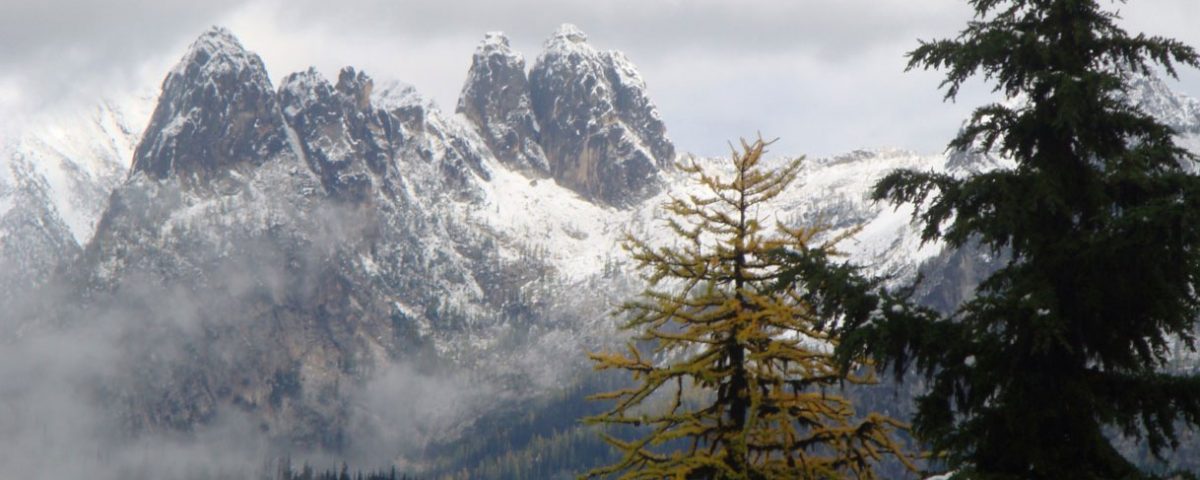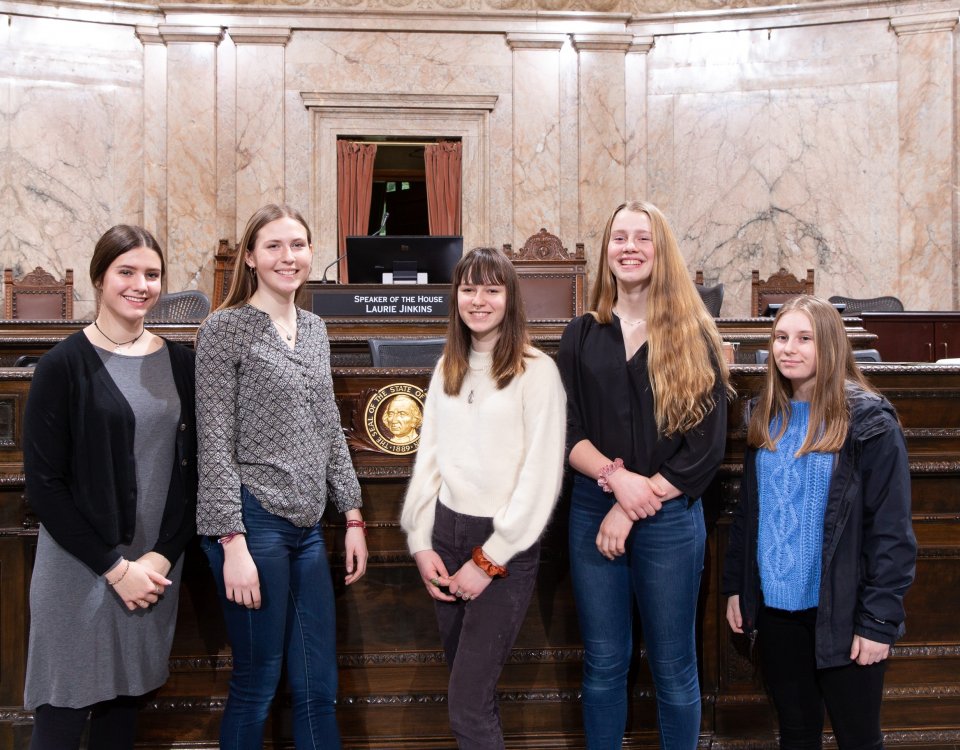Burn bans, demystifed
If you’ve been feeling like our air quality this fall and early winter has been especially bad, you’re unfortunately correct. What’s going on? Well, to start, there have been an above average number of days with stagnant air due to inversions. On these days, smoke from our typical valley sources such as outdoor burning, wood stoves, and prescribed fire on our forests takes longer to dissipate. At the Clean Air Project, we’ve heard from lots of folks concerned about this poor air quality, and frustrated by the apparent lack of local awareness about burn bans. Here’s a bit to demystify burn bans and begin to promote greater appreciation for how to know if a burn ban is in place, and why they are important for our community’s health and safety.
How many types of burn bans are there? There are two types of burn bans to be aware of. One promotes fire safety and is called by the Department of Natural Resources, tribes and/or our local fire district typically in the dry summer months when wildfire risk is high. A second type of burn ban is called by the Washington State Department of Ecology and aims to preserve air quality and protect health. We more frequently see these burn bans in fall and winter, when weather inversions trap poor air close to the ground and air quality becomes unhealthy.
Does an air quality burn ban prohibit ALL burning? There are Stage 1 and 2 air quality burn bans. Stage 1 burn bans prohibit burning in uncertified woodstoves and fireplaces, and all outdoor burning. Stage 2 burn bans acknowledge more severe air quality concerns and prohibit any kind of burning. Period. However, if wood is your only adequate source of heat, you are exempt from either a Stage 1 or 2 burn ban.
How do I find out if there is an air quality burn ban on? The simplest way to find out about burn bans to go to waburnbans.net and look at Okanogan County. As long as I remember the “dot net” part, that’s easy enough to memorize. Other places to find this information at your fingertips include the “Methow Air” app, available for free for iOS in the iPhone App Store. The Methow Valley News typically posts burn bans on their home page, and Don at KTRT routinely announces them. The Clean Air Project is working to make this information even more widely available, including working with Okanogan Emergency Management to send text alerts. Do you have any great ideas for other locations or modes to effectively circulate this info?
What happens if someone violates a burn ban? The Department of Ecology is responsible for enforcing burn bans. We’re part of the Central Regional Office, staffed out of Union Gap… over 200 miles away. If a violation is reported through their hotline (866.211.6284), Ecology will collect information to aid them in contacting the burner. Ecology prioritizes outdoor, versus woodstove violations, with a focus on education and outreach to protect public health. Fines are a last resort for severe and egregious violations. Note that the local fire department has no responsibility for enforcing air quality burn bans.
Are burn bans really necessary and do they even work? Burn bans absolutely improve air quality and protect health – but only IF people comply. Our valley has historically had poor winter air quality from home-heating with wood and outdoor burning. Add the last several seasons of smoke from wildfires and prescribed burns to promote forest health and we are really getting a heavy dose. Indoors and out, building small, hot fires with dry fuels on days with good ventilation will greatly improve our air quality fall through spring. The Clean Air Project is working to promote education and outreach in support of keeping our airshed clean and our community healthy. If you are concerned about a burn ban violation and feel it is safe to do so, try asking the burner about their awareness of a ban, and let them know how their smoke is impacting you.
While this valley collectively values our independence and self-determination, we also routinely demonstrate that we care for one another and this place. Many are concerned about the severity of wildfire smoke impacting our way of life in the valley; creating a community culture that keeps our air as clean as possible in the winter months is more important than ever.




